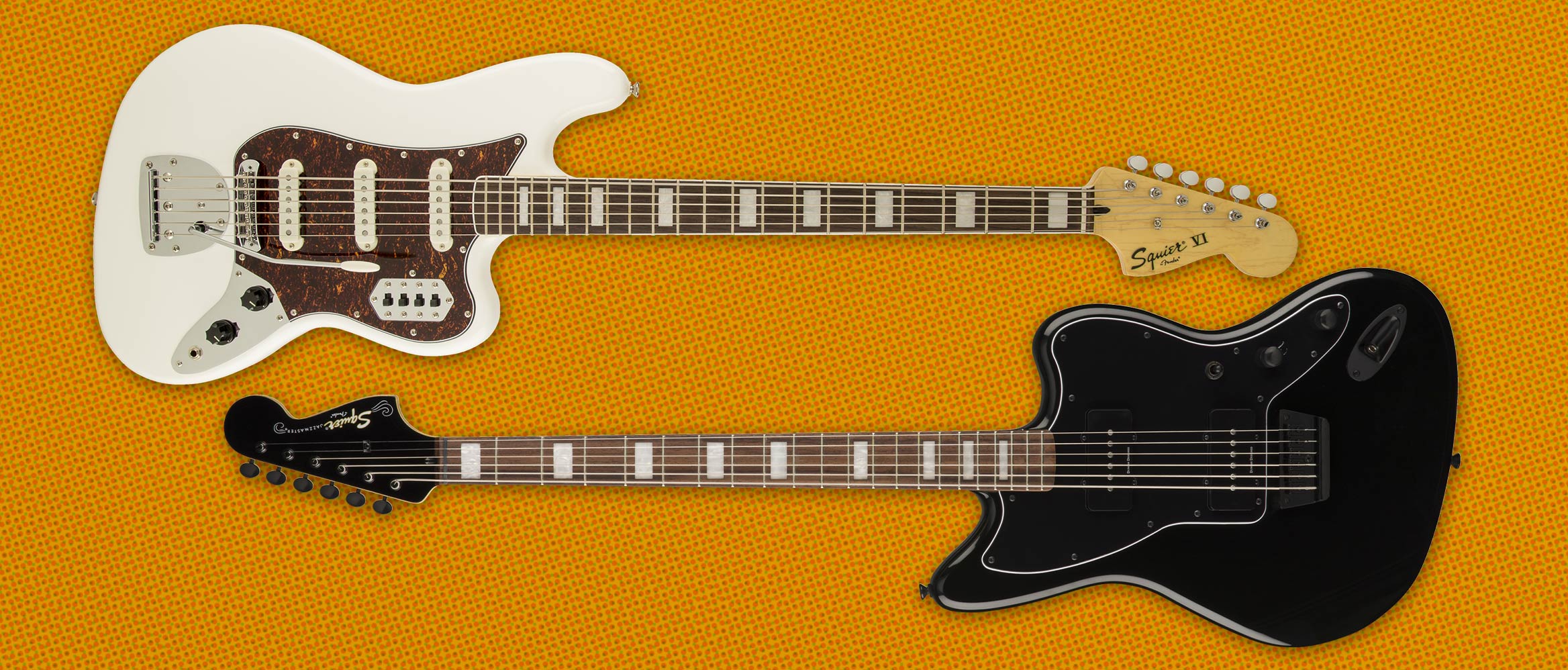Hi all,
I'm noticing on extended range basses, especially 5 strings, manufacturers seem to be moving more and more to soapbar and J style bass only pickups. They may have different coil configurations within that soapbar, or they may make the J style hum canceling, but I seem to notice these designs more than, say, a 5 string Musicman or P/PJ/PP bass.
I do think coil size/geometry/the amount of string the pickup senses over the magnets does make a difference in tone, so to me a P bass pickup in a soapbar really isn't the same as a true P bass if the dimensions are different. The coils may be staggered inside the soapbar casing much like a P bass, but again, this isn't the same to me as a true P bass.
I think SD realizes this too. They wouldn't have stacked J bass pickups as well as their Apollos if such things didn't matter.
Anyway, I feel like with more and more basses going to soapbars and J bass styles, it's a little depressing for those of us who may like say a PJ sound or a dual pickup Musicman but are forced to go to custom shop options if we want those sounds/form factors in 5 string+ versions.
Just thought I'd get everyone's thoughts on this. Thanks.
I'm noticing on extended range basses, especially 5 strings, manufacturers seem to be moving more and more to soapbar and J style bass only pickups. They may have different coil configurations within that soapbar, or they may make the J style hum canceling, but I seem to notice these designs more than, say, a 5 string Musicman or P/PJ/PP bass.
I do think coil size/geometry/the amount of string the pickup senses over the magnets does make a difference in tone, so to me a P bass pickup in a soapbar really isn't the same as a true P bass if the dimensions are different. The coils may be staggered inside the soapbar casing much like a P bass, but again, this isn't the same to me as a true P bass.
I think SD realizes this too. They wouldn't have stacked J bass pickups as well as their Apollos if such things didn't matter.
Anyway, I feel like with more and more basses going to soapbars and J bass styles, it's a little depressing for those of us who may like say a PJ sound or a dual pickup Musicman but are forced to go to custom shop options if we want those sounds/form factors in 5 string+ versions.
Just thought I'd get everyone's thoughts on this. Thanks.






Comment